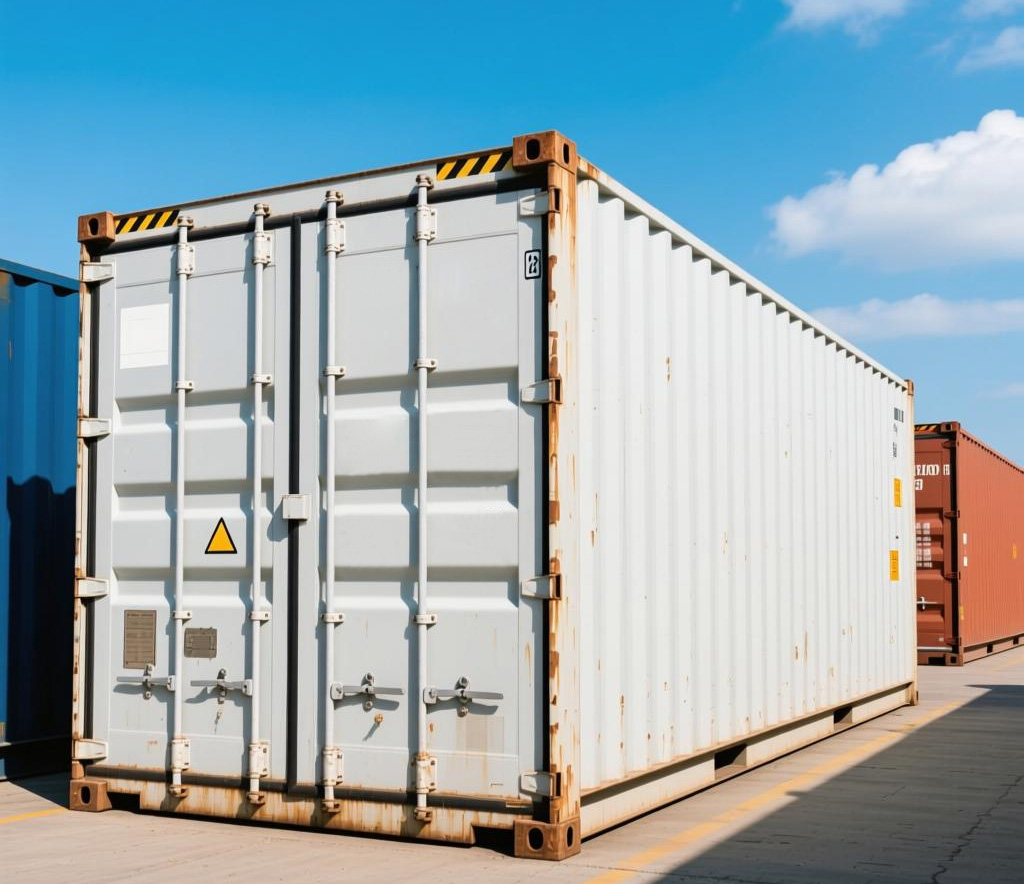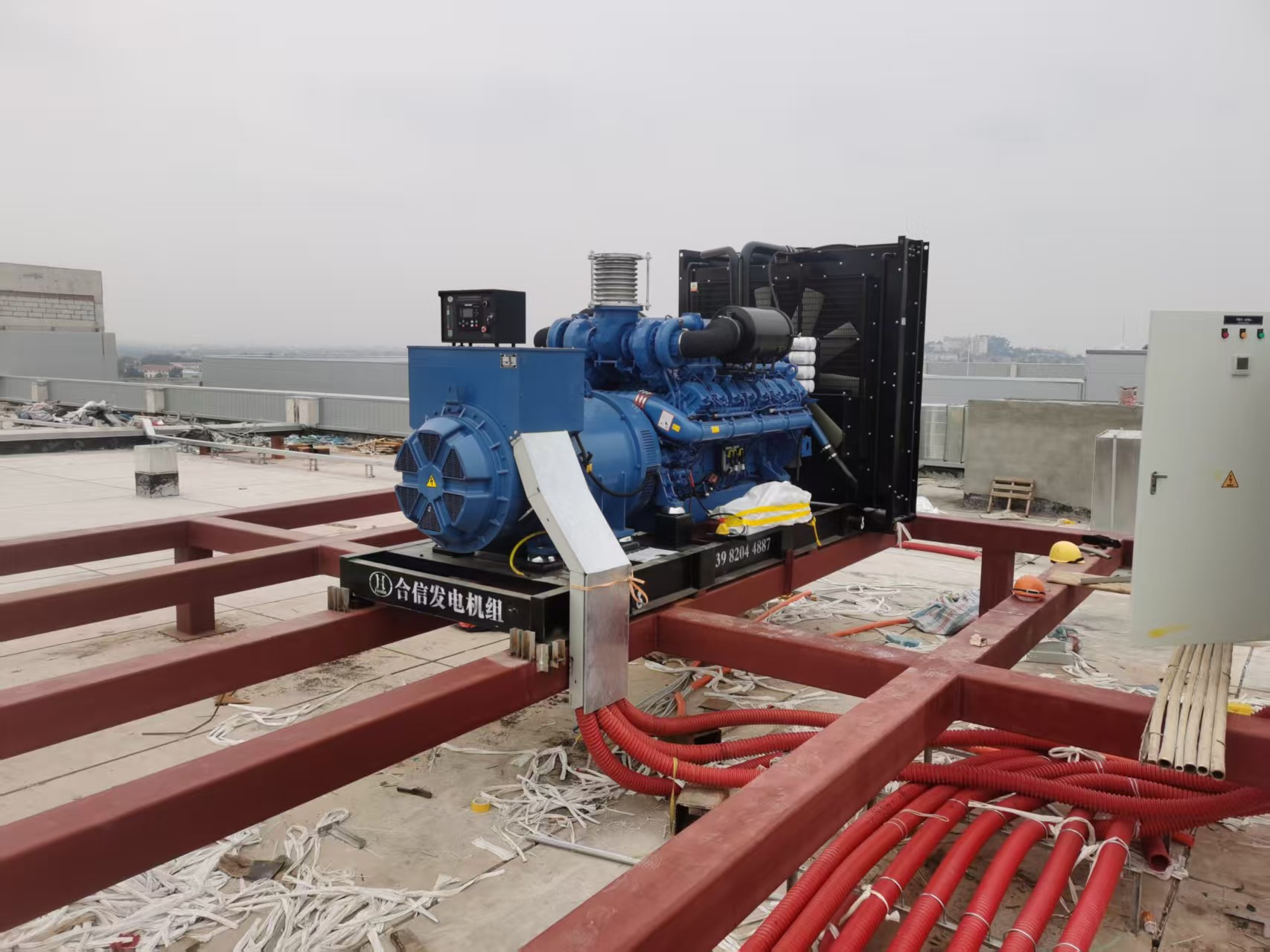
What causes carbon deposits in diesel generator sets?
Diesel generator sets can also accumulate carbon deposits, similar to vehicles. What is the concept of carbon deposits in diesel generator sets, what causes this phenomenon, and how can it be addressed and resolved?
Carbon deposits in diesel generators are actually the byproducts of incomplete combustion of diesel fuel and engine oil that enters the combustion chamber. The formation of carbon deposits on the top of the piston, combustion chamber walls, and around the valves is a common occurrence in diesel engines. Excessive carbon deposits can have a significant impact on the performance of diesel generator sets, ultimately leading to poor combustion, impaired heat transfer, and reduced reliability of the fuel injectors. There are numerous causes of carbon deposits in generator sets, with the primary causes being sixfold:
1. Abnormal operation of the fuel injector, such as poor atomization, fuel leakage, excessive or insufficient fuel injection pressure, premature or delayed fuel injection timing, or excessive fuel injection volume, can all result in incomplete combustion of part of the fuel.
2. Severe oil leakage.
3. Severe air leakage.
4. Low coolant temperature, affecting normal fuel combustion.
5. Mismatched diesel fuel and engine oil grades, or poor-quality fuels, can result in carbon residue formation after combustion.
6. Overloading the diesel engine or operating at excessively high temperatures can cause premature ignition, leading to incomplete fuel combustion.
Methods for removing carbon deposits from generator sets include mechanical removal, chemical methods, and electrolysis.
a. Mechanical removal involves using metal wire brushes and scrapers to remove carbon deposits. To improve efficiency, a metal wire brush can be driven by an electric drill via a flexible shaft. This method is simple and commonly used by smaller maintenance units, but it is inefficient, may damage part surfaces, and may not completely remove carbon deposits. Carbon deposits can also be removed using a jet of crushed nutshells. Since nutshells are softer than metal, they deform upon impact with parts, preventing surface scratches or abrasions, and improving efficiency. This method involves using compressed air to blow dry, crushed peach and apricot pits, as well as walnut shells, onto the carbon-deposited part surface, breaking down the carbon deposit layer to achieve removal.
b. Chemical method For certain precision-machined parts where mechanical removal is not feasible, the chemical method can be used. The parts are immersed in a cleaning solution containing sodium hydroxide or sodium carbonate at a temperature of 80–95°C, causing oils to dissolve or emulsify and carbon deposits to soften. After approximately 2–3 hours, the parts are removed, and the carbon deposits are brushed off. They are then washed with hot water containing 0.1%–0.3% potassium dichromate and finally dried with compressed air.
c. Electrochemical method: Use an alkaline solution as the electrolyte, connect the workpiece to the cathode, and remove carbon deposits through the combined action of chemical reactions and hydrogen stripping.
Phone: 028-86112111
Address: Room 407, Building A, No. 40 Wuying South Road, Wuhou District, Chengdu City
 Sichuan Hexin Diesel Generator Sets Achieve Breakthrough in
Sichuan Hexin Diesel Generator Sets Achieve Breakthrough in
 Sichuan Hexin diesel generator sets successfully enter the V
Sichuan Hexin diesel generator sets successfully enter the V
 Sichuan Hexin Electrical Equipment Co., Ltd. Notice on May D
Sichuan Hexin Electrical Equipment Co., Ltd. Notice on May D

